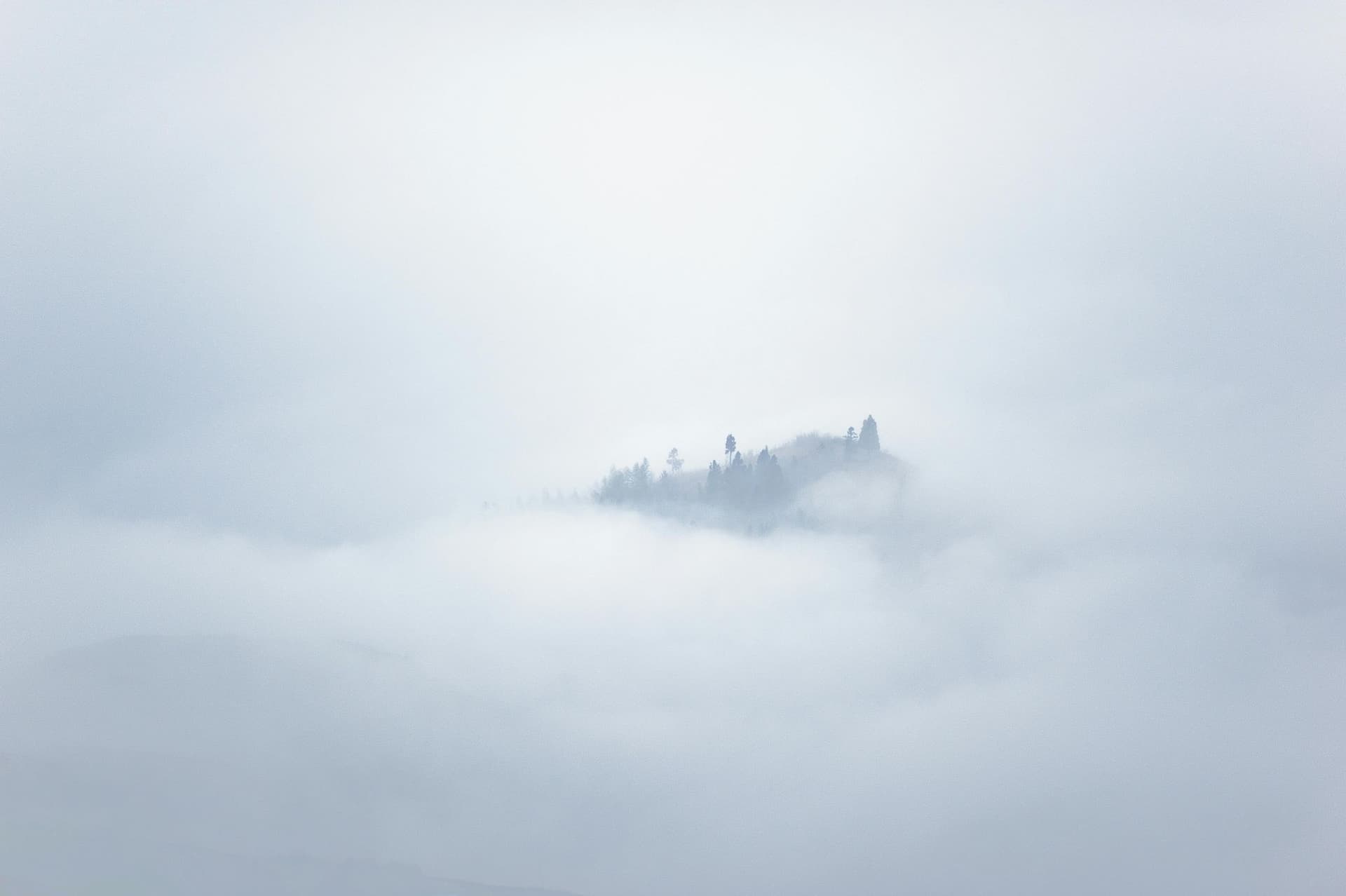IP Physics Notes (Upper Secondary, Year 3-4): 7) Light
Download printable cheat-sheet (CC-BY 4.0)30 Sep 2025, 00:00 Z
Join our Telegram study groupQ: What does IP Physics Notes (Upper Secondary, Year 3-4): 7) Light cover?
A: Master reflection and refraction laws, critical angle behaviour, and thin-lens constructions for IP optics questions.
Quick recap -- Light travels in straight lines until a boundary bends or reflects it. Track incident and refracted angles carefully and use lens rules to predict image position, size, and orientation.
Keep your practice loop tight via our IP Physics tuition hub-it links each topic here to quizzes, diagnostics, and WA-style problem sets.
Reflection Basics
- Reflection: bouncing of light from a surface.
- Law 1: incident ray, reflected ray, and normal all lie in the same plane.
- Law 2: angle of incidence equals angle of reflection, .
- Smooth surfaces give specular reflection; rough surfaces scatter light, producing diffuse reflection.
- Always draw the normal at the point of incidence before marking angles.
Plane Mirror Images
- Properties: virtual, upright, same size, laterally inverted, same distance behind the mirror as the object is in front.
- To construct paths: draw the apparent ray from image to eye first (dashed behind the mirror), then reflect it to locate the real ray into the eye.
Refraction & Refractive Index
- Refraction: change in direction when light crosses media because its speed changes.
- Snell's law:




